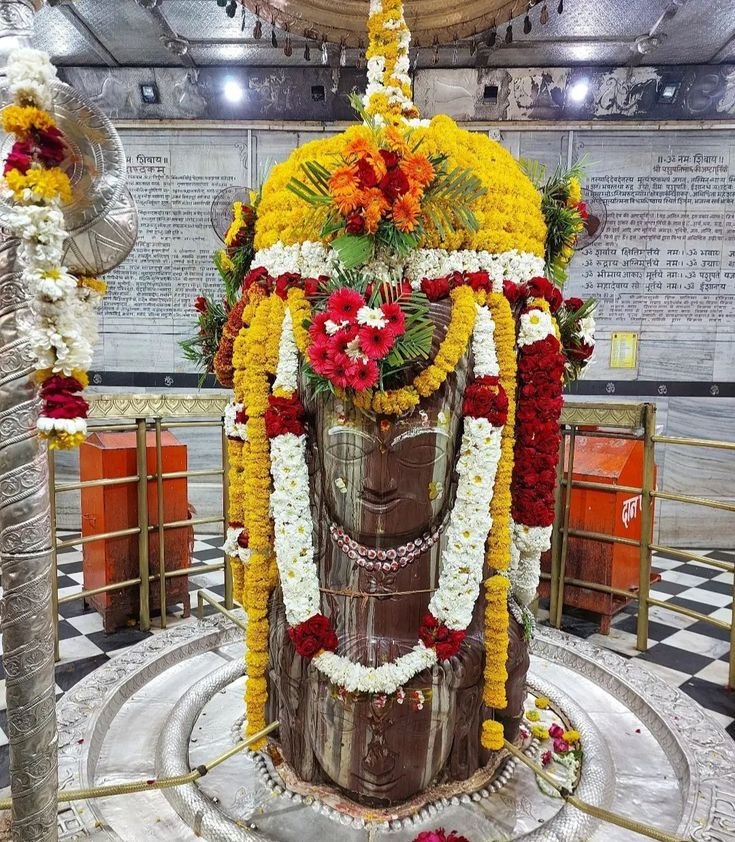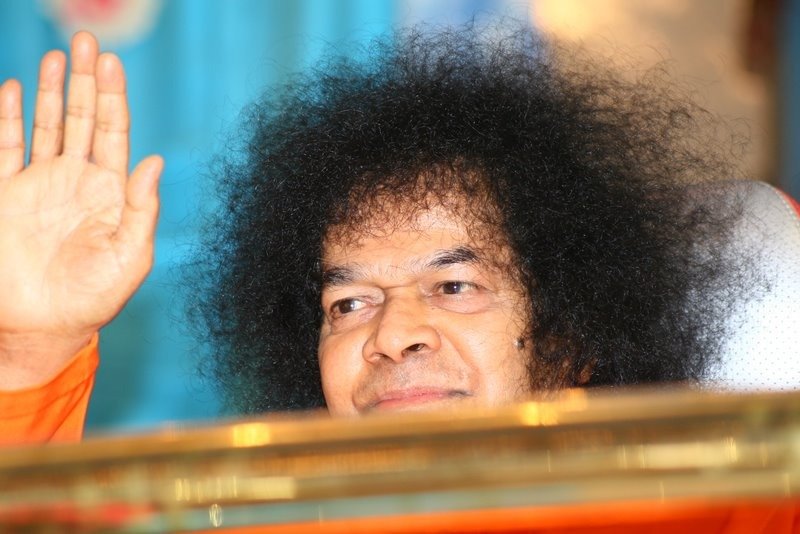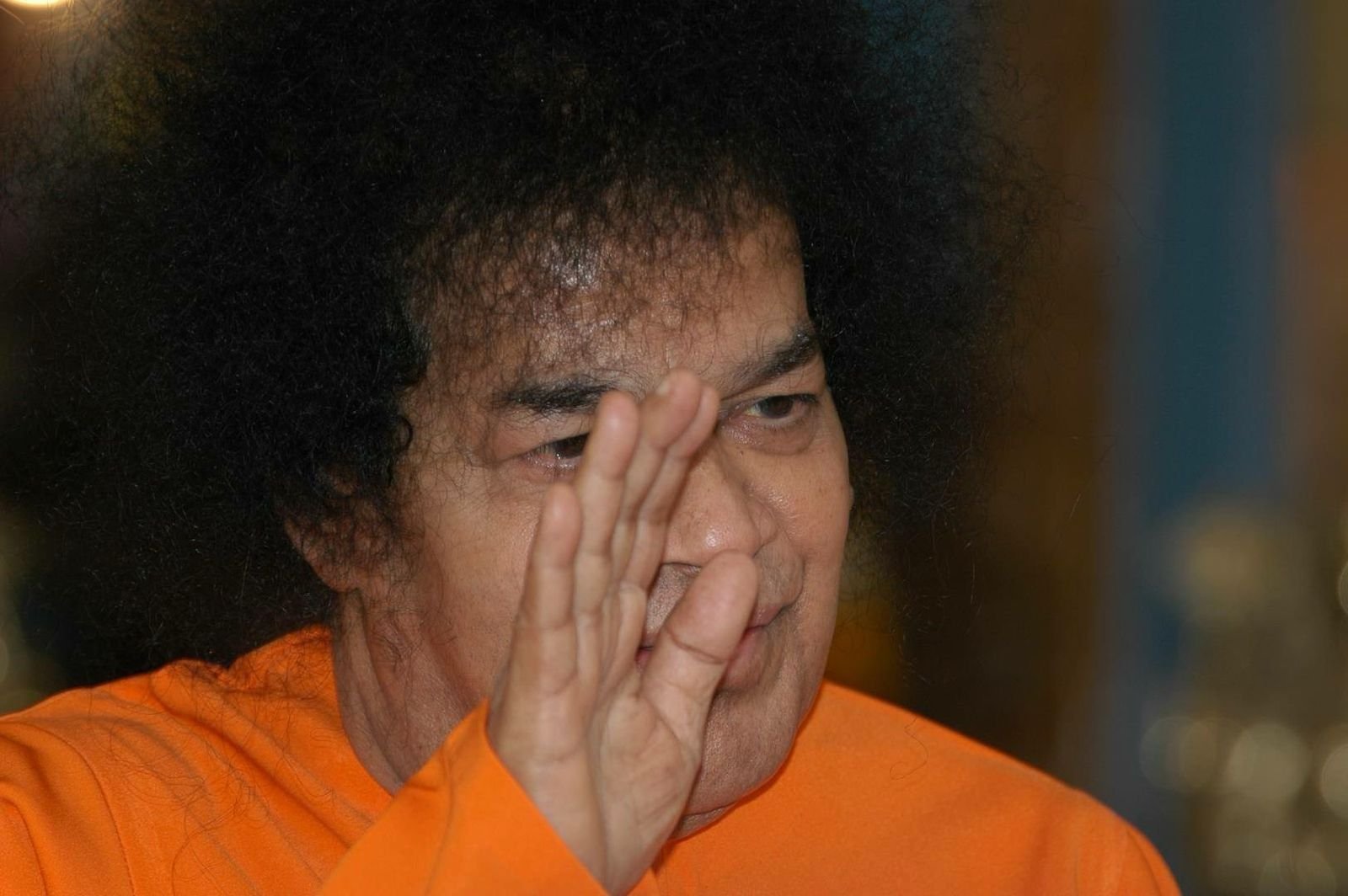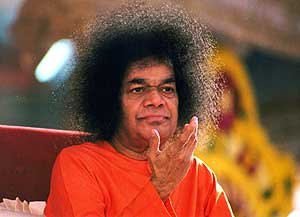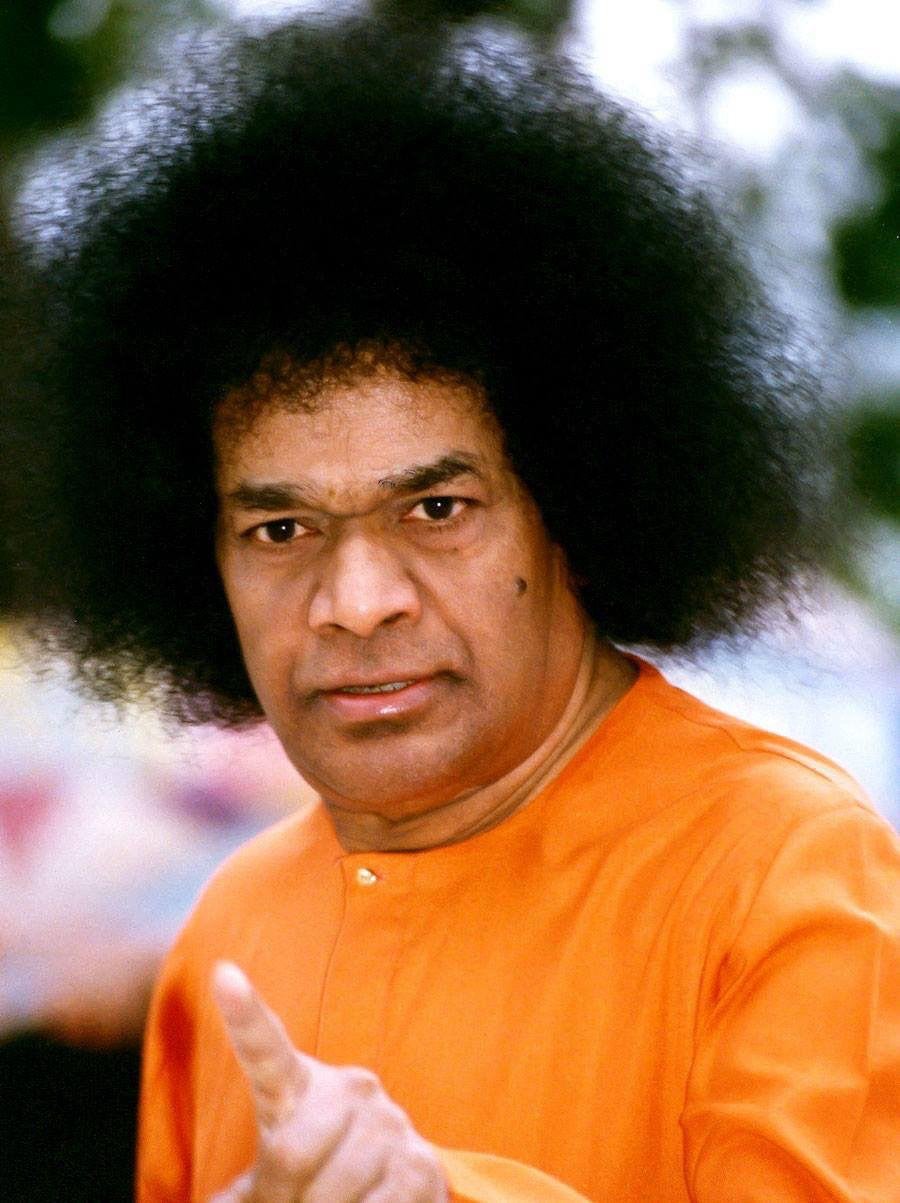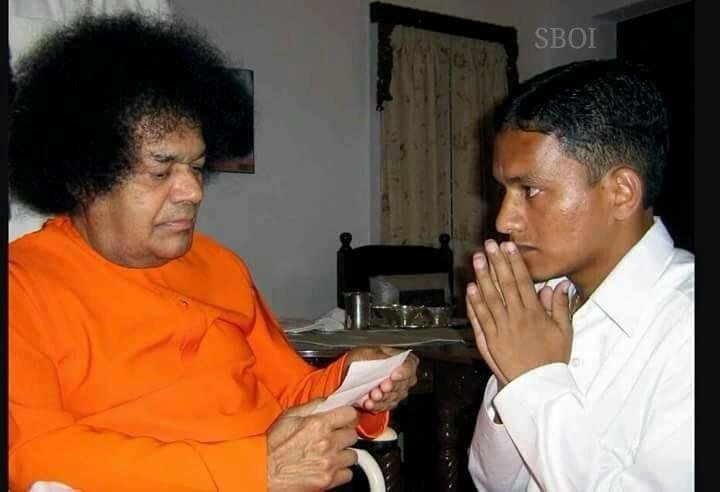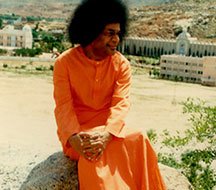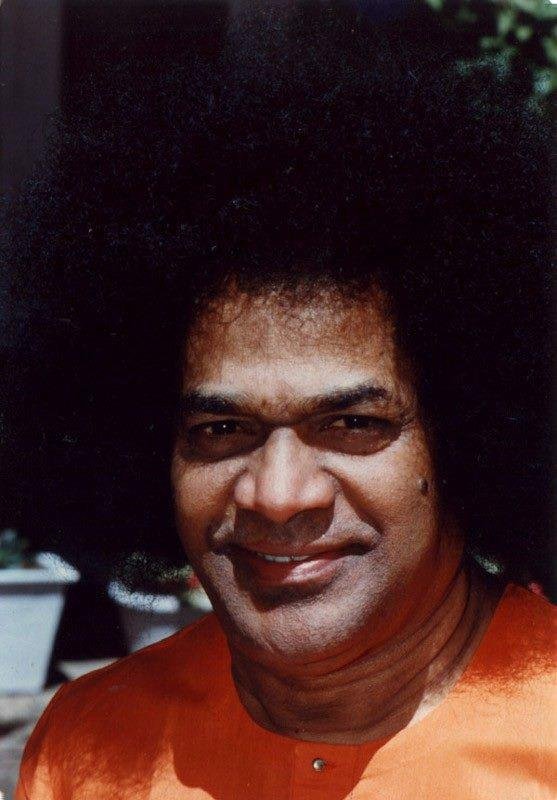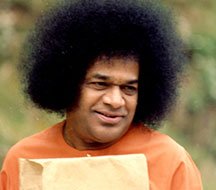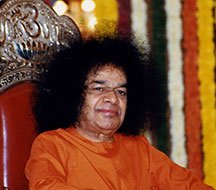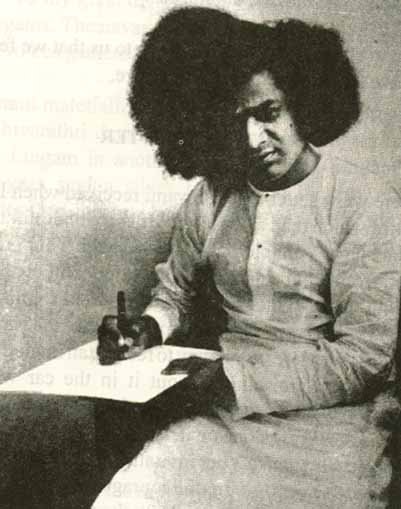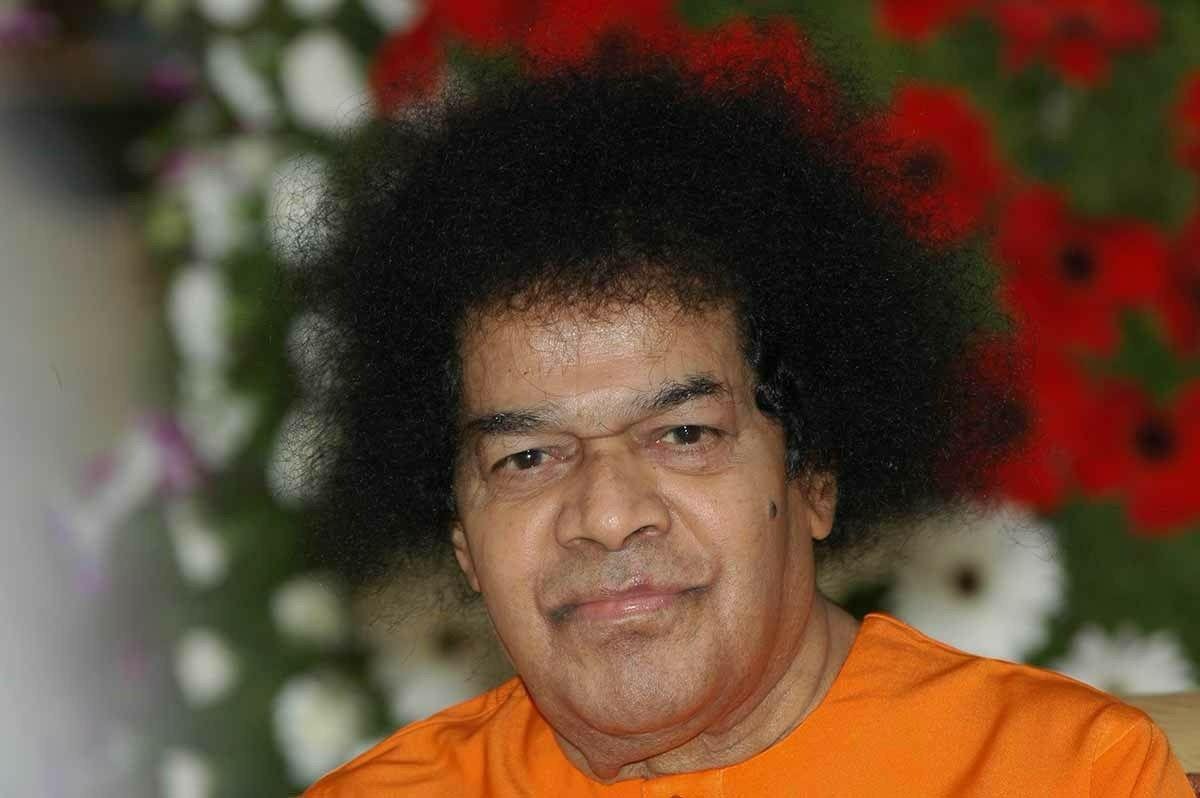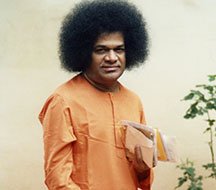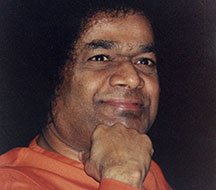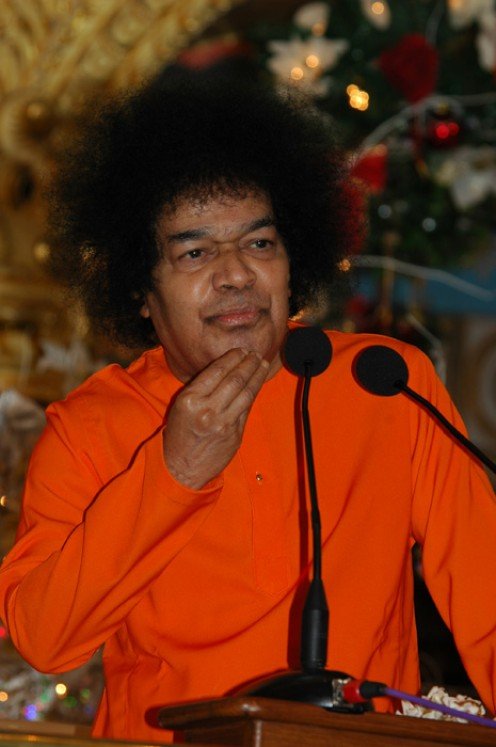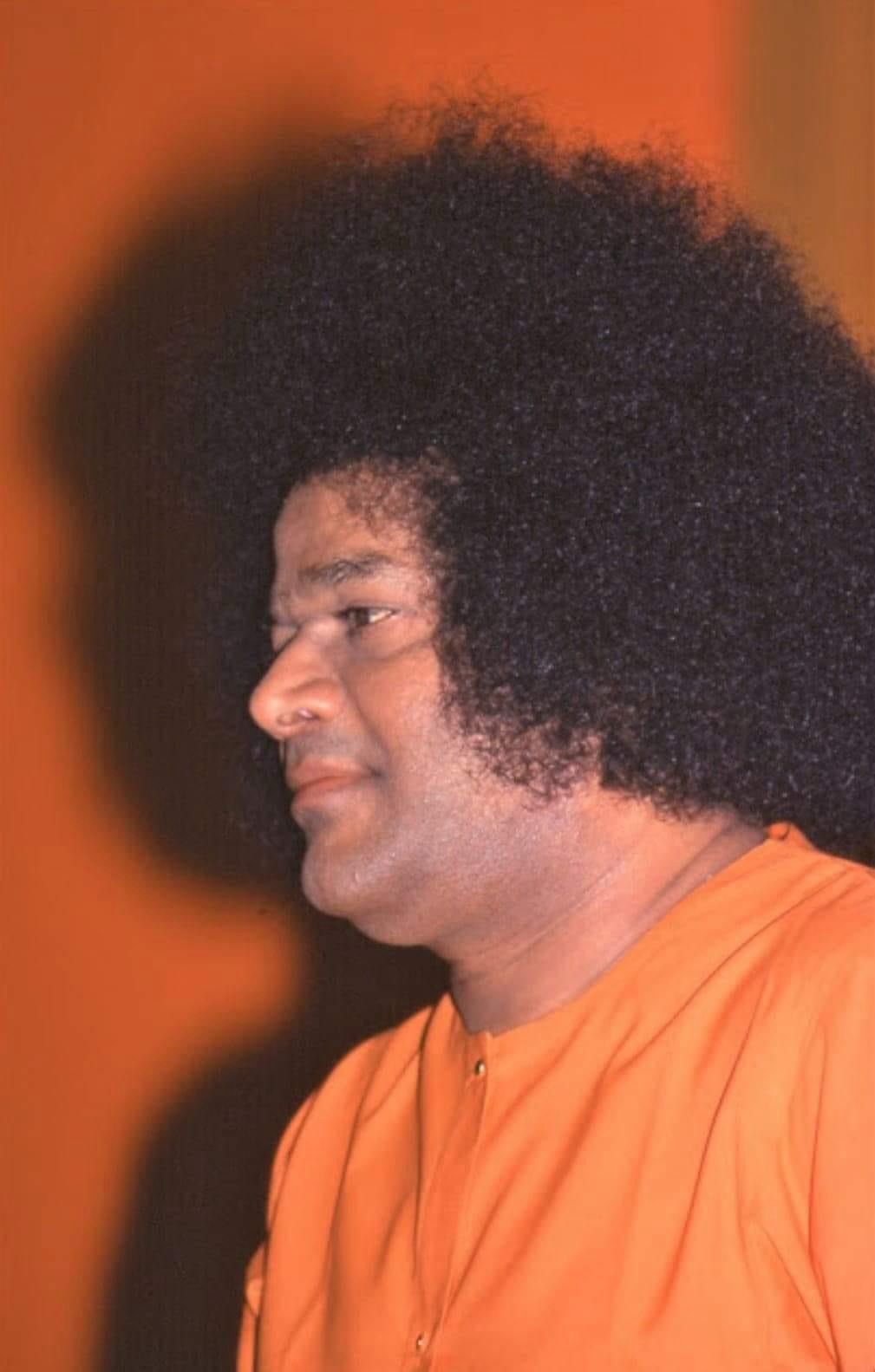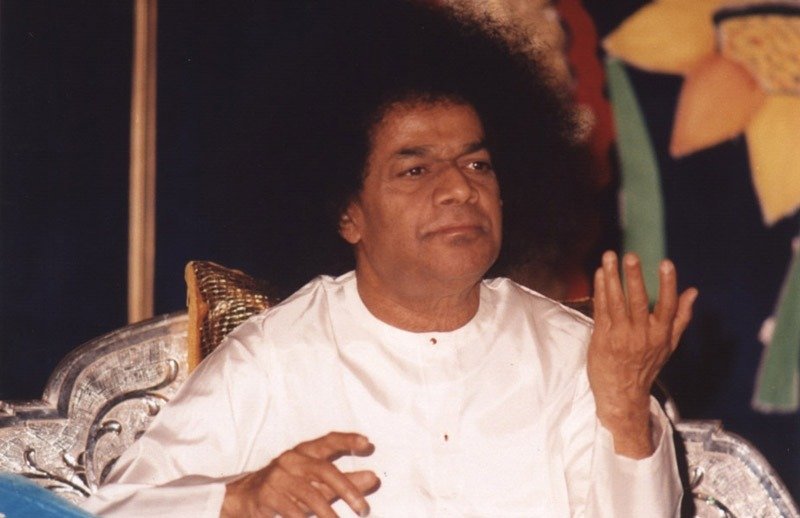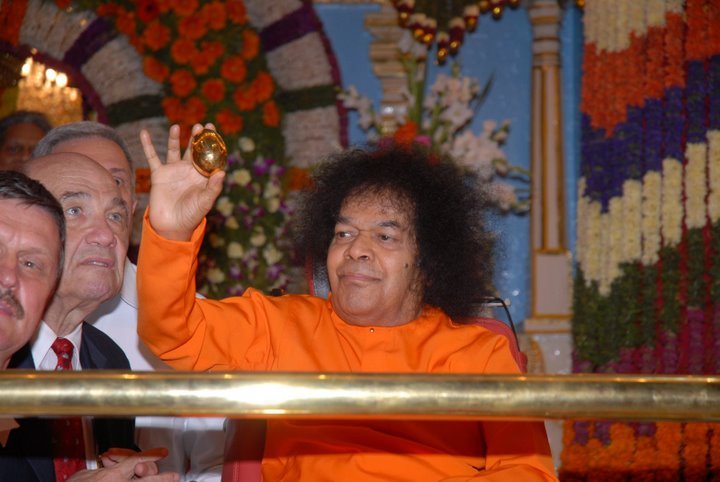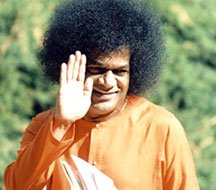
It is not only a spiritual hub but also an architectural masterpiece that draws millions of devotees and tourists every year.



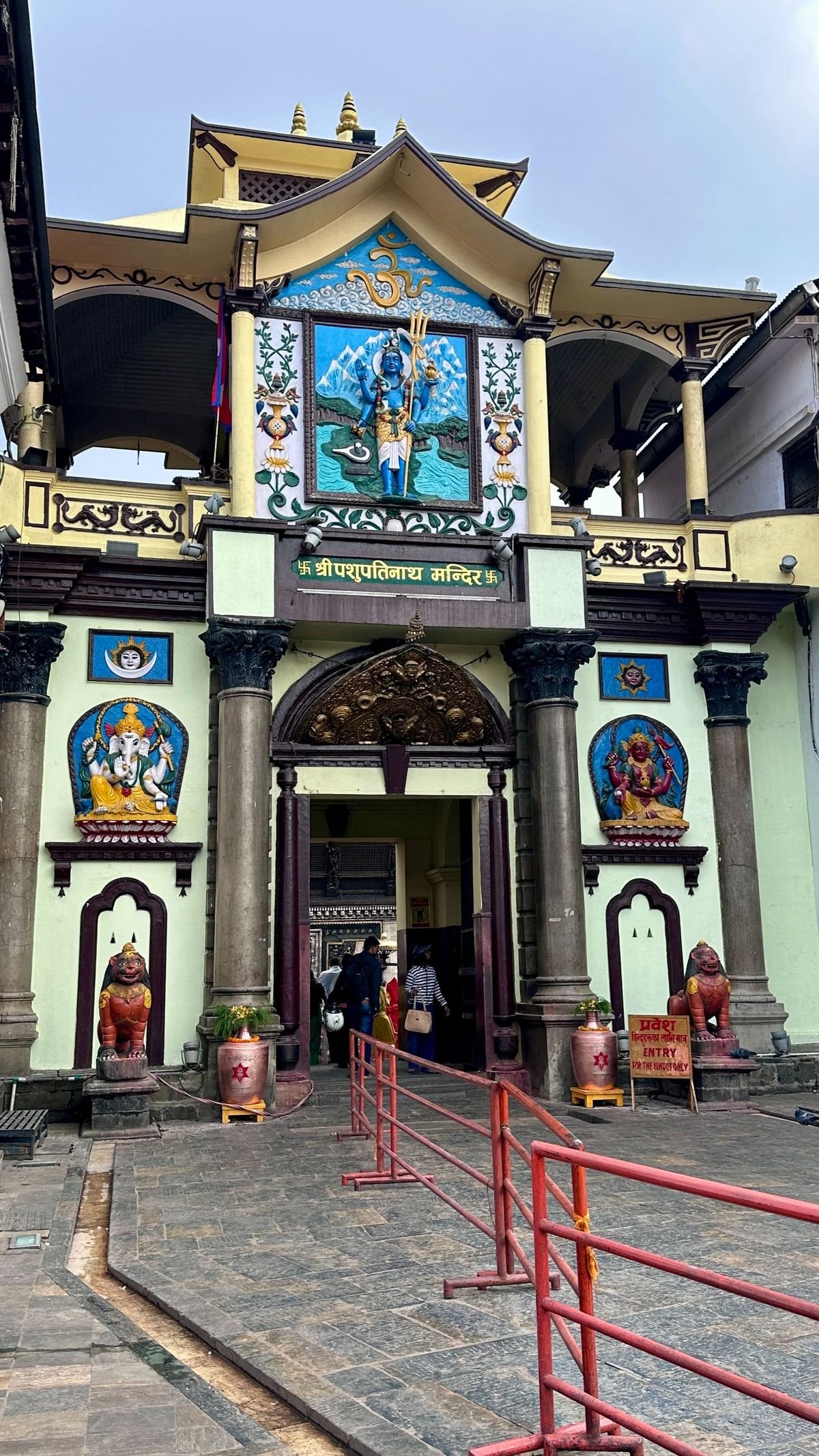


Architecture of the Temple
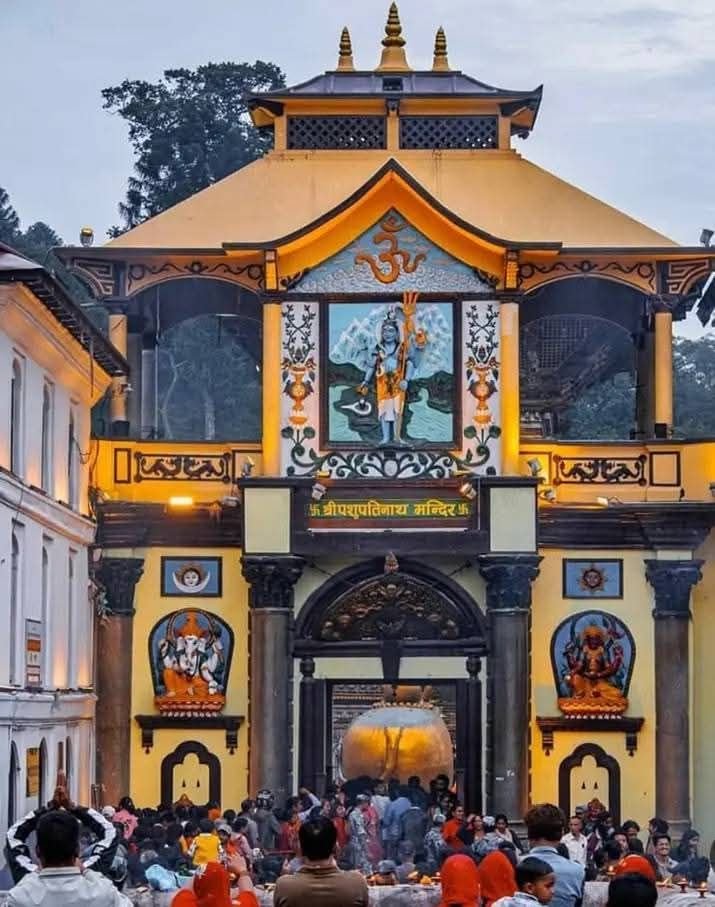
The temple is built in the Nepalese Pagoda style, featuring two-tiered golden roofs and silver-plated doors.
The main sanctum houses a black stone Shiva Linga with four faces, representing different aspects of Lord Shiva.
The temple complex spreads over a vast area, with hundreds of smaller shrines and ashrams.
The Bagmati River ghats near the temple are also important, as cremations take place here, similar to the ghats of Varanasi.
How to Reach to Temple
By Air: The nearest airport is Tribhuvan International Airport, Kathmandu, just 5 km away.
By Road: Kathmandu is well connected by roads to different parts of Nepal and also to India via border entry points (Raxaul, Sunauli, etc.). Local taxis, buses, and rickshaws are available.
By Train: Nepal does not have direct railway connectivity to Kathmandu, but one can travel by train till Gorakhpur (India) and then continue by road.Satna, Jhansi, Chhatarpur, and Bhopal. Local taxis and autos are easily available.
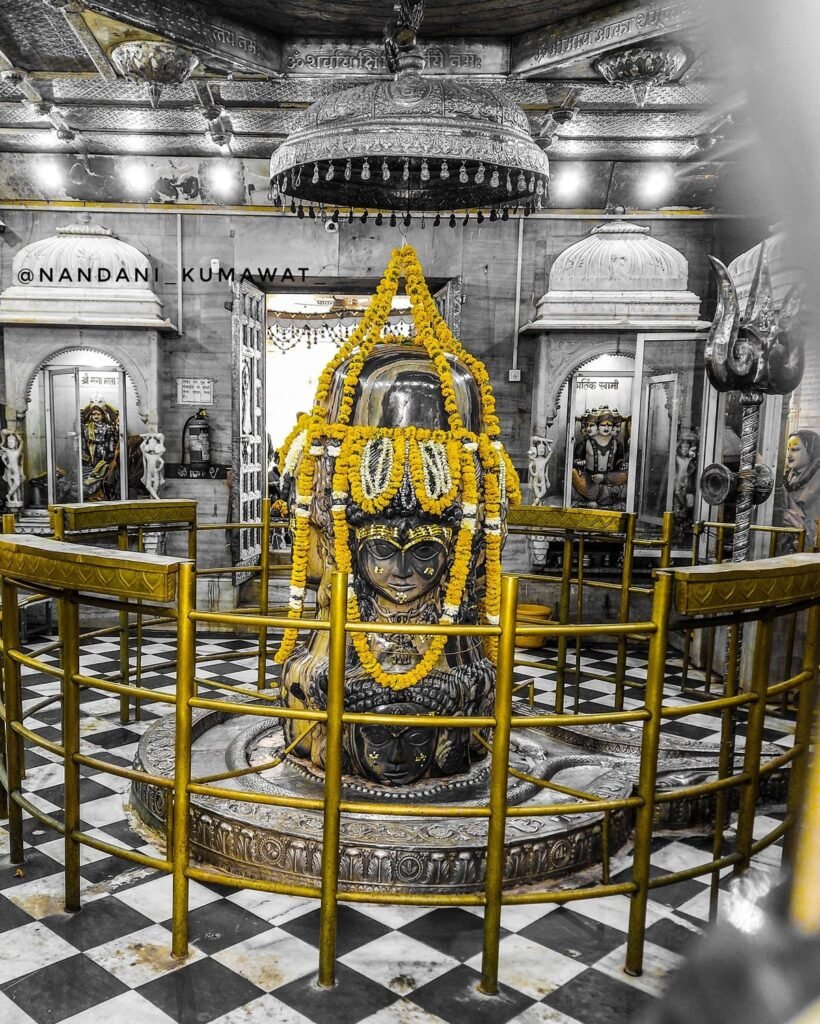
Temple Timings
